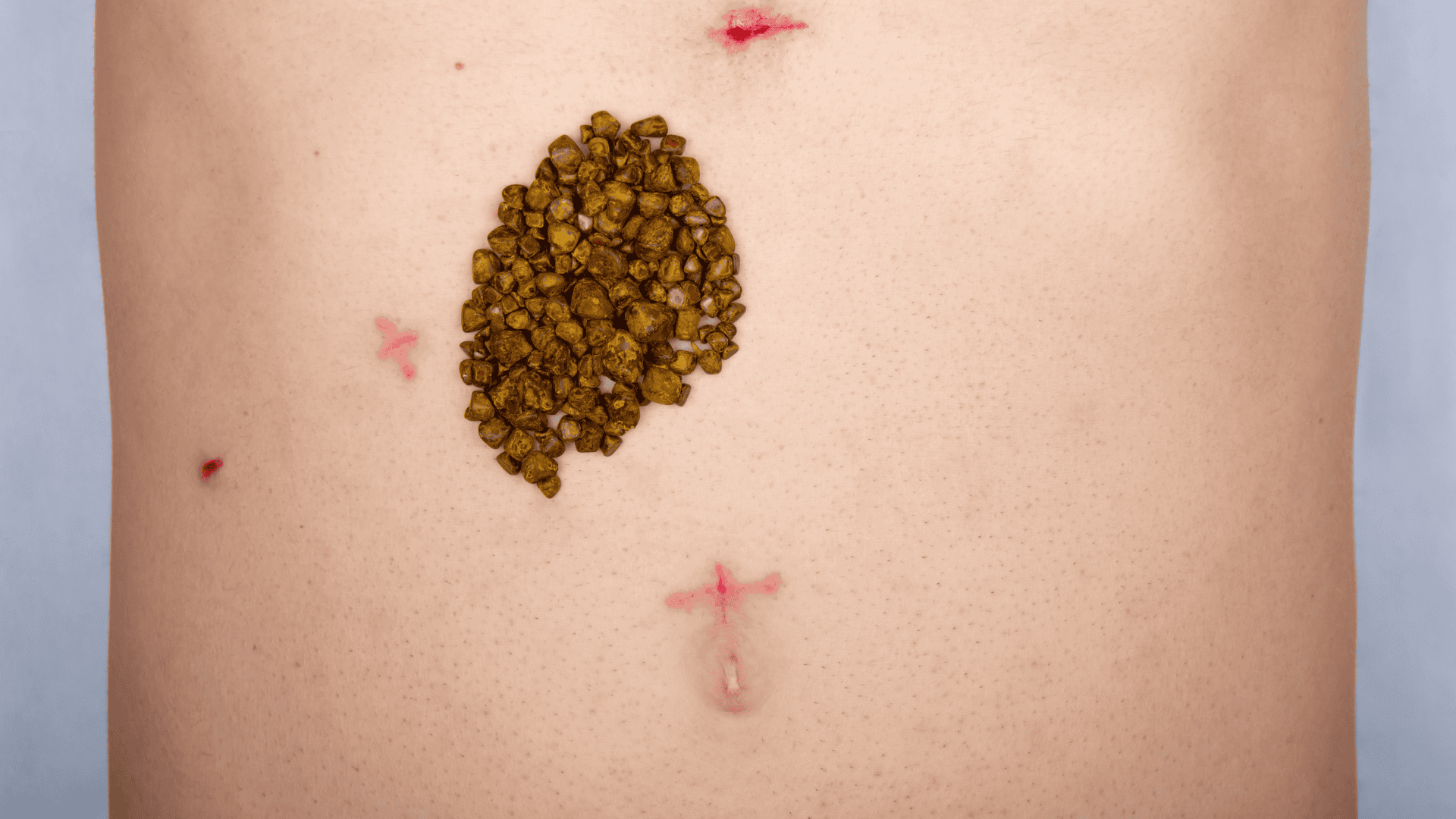
Cholecystectomy: Understanding the procedure and recovery
Cholecystectomy is a surgical procedure performed to remove the gallbladder. In this article, we'll delve into what cholecystectomy involves, why it's performed, and what to expect during the recovery process.
What is cholecystectomy?
Cholecystectomy is the surgical removal of the gallbladder, a pear-shaped organ located beneath the liver. The gallbladder stores bile, a digestive fluid produced by the liver, and releases it into the small intestine to aid in the digestion of fats. Cholecystectomy may be performed using traditional open surgery or minimally invasive laparoscopic techniques.
Why is cholecystectomy performed?
Cholecystectomy is typically performed to treat gallbladder-related conditions, including:
- Gallstones: Cholecystectomy is the most common treatment for gallstones, which can cause symptoms such as abdominal pain, nausea, and vomiting.
- Gallbladder inflammation: In cases of acute or chronic inflammation of the gallbladder (cholecystitis), cholecystectomy may be necessary to relieve symptoms and prevent complications.
- Gallbladder polyps: Cholecystectomy may be recommended to remove gallbladder polyps that are at risk of becoming cancerous.
What to expect during cholecystectomy
Cholecystectomy is typically performed under general anesthesia, and the procedure may be done using traditional open surgery or minimally invasive laparoscopic techniques. During laparoscopic cholecystectomy, several small incisions are made in the abdomen, through which a tiny camera and surgical instruments are inserted to remove the gallbladder. Recovery from laparoscopic cholecystectomy is generally faster and less painful compared to open surgery.
What are the risks and complications of cholecystectomy?
Like any surgical procedure, cholecystectomy carries some risks, although serious complications are rare. Possible risks include infection, bleeding, bile duct injury, or injury to surrounding organs. In some cases, patients may experience post-cholecystectomy syndrome, which involves symptoms like abdominal pain, indigestion, or diarrhea. While these complications are uncommon, it’s important to discuss potential risks with your surgeon beforehand so you can make an informed decision about the procedure.
Can I live without my gallbladder?
Yes, you can live without your gallbladder. The gallbladder's primary function is to store bile, which aids in fat digestion. However, once the gallbladder is removed, bile flows directly from the liver to the small intestine, where it is still able to aid in digestion. Most people adapt to life without a gallbladder without major issues, though some individuals may experience changes in digestion, such as difficulty digesting fatty foods. Your doctor may provide dietary recommendations to help manage any post-surgery changes.
What should I expect in terms of diet after cholecystectomy?
After cholecystectomy, it is common to experience some temporary digestive changes as your body adjusts to the absence of the gallbladder. Initially, your doctor may recommend a low-fat diet to prevent discomfort or diarrhea. Over time, most individuals can gradually reintroduce more varied foods. However, it’s important to eat smaller, more frequent meals and avoid fatty or greasy foods, as these can be harder to digest without a gallbladder. Your healthcare provider will offer specific dietary guidelines tailored to your recovery.
Recovery after cholecystectomy
After cholecystectomy, most patients can expect to go home the same day or after a brief hospital stay. Recovery times vary depending on the type of surgery performed and individual factors, but most people can resume normal activities within a week or two. It's essential to follow your doctor's instructions regarding diet, activity, and wound care to promote healing and prevent complications.
Cholecystectomy is a common surgical procedure performed to remove the gallbladder and treat gallbladder-related conditions such as gallstones and cholecystitis. With advances in surgical techniques, cholecystectomy can often be performed using minimally invasive laparoscopic methods, leading to faster recovery times and less postoperative pain. If you're considering cholecystectomy or have been diagnosed with gallbladder problems, it's essential to discuss your options with a qualified healthcare provider to determine the best course of action for your individual needs and circumstances.


